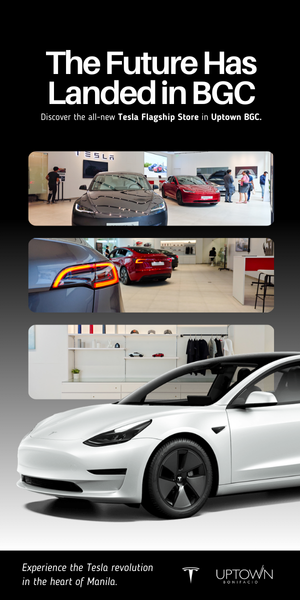If you’ve ever walked through Bonifacio Global City (BGC), you’ve probably thought the same thing most Filipinos do: “Am I still in the Philippines?”
Clean sidewalks, bike lanes, public art, working streetlights — BGC feels like a different country, or at least a different timeline. It’s walkable, wired, and well-maintained. It’s also increasingly unaffordable, exclusive, and surrounded by the dysfunction of Metro Manila’s broader urban sprawl. And that’s what makes it so fascinating.
BGC wasn’t supposed to become the country’s model city. In the 1990s, it was just a military base — part of Fort Bonifacio.
But when the Bases Conversion and Development Authority (BCDA) partnered with Ayala Land and Evergreen Holdings in 1995, the land was sold and rezoned into what would become a master-planned financial and residential district.
Today, BGC is 240 hectares of corporate HQs, luxury condos, and curated lifestyle districts. It ranks consistently as the most livable area in Metro Manila, and for good reason. Its average walk score is 85, far above neighboring cities like Quezon City or Makati. Its crime rate is significantly lower than the NCR average.
Internet speeds, averaging 109 Mbps, are among the highest in the country. Even its waste collection system is run by private operators.
The catch? It works precisely because it isn’t public.
BGC’s success story is rooted in privatization. Urban management isn’t governed by chaotic city hall processes or multiple overlapping LGUs — it’s mostly handled by developers.
That means clearer rules, faster enforcement, and coordinated design. But it also means exclusion. The average rent for a one-bedroom apartment in BGC is around ₱65,000 per month, nearly four times that of Quezon City. Street vendors are banned. Public transit options are minimal. It’s not just polished — it’s filtered.
That raises a deeper question: Can cities like BGC be scaled or copied?
There are efforts. New Clark City in Tarlac is being developed as a disaster-resilient “smart city” by the BCDA. Arca South, another Ayala project, aims to replicate BGC’s success in Taguig.
Filinvest City in Alabang is pushing an eco-urban identity. But so far, none have matched BGC’s execution or momentum. That’s partly because BGC wasn’t just a vision — it was a convergence of money, land control, and timing.
Meanwhile, Metro Manila’s urban core remains chaotic. Zoning laws are inconsistent. Public infrastructure is patchwork. Sidewalks are broken, traffic is paralyzing, and public space is shrinking.
BGC stands out not because it’s futuristic, but because it’s proof that order is possible — in a city that often feels allergic to it.
The bigger challenge for the Philippines isn’t building more BGCs. It’s applying the same level of discipline, planning, and investment to cities where profit isn’t the primary incentive. Because if one part of the capital can work this well, there’s no reason the rest should still be stuck.












